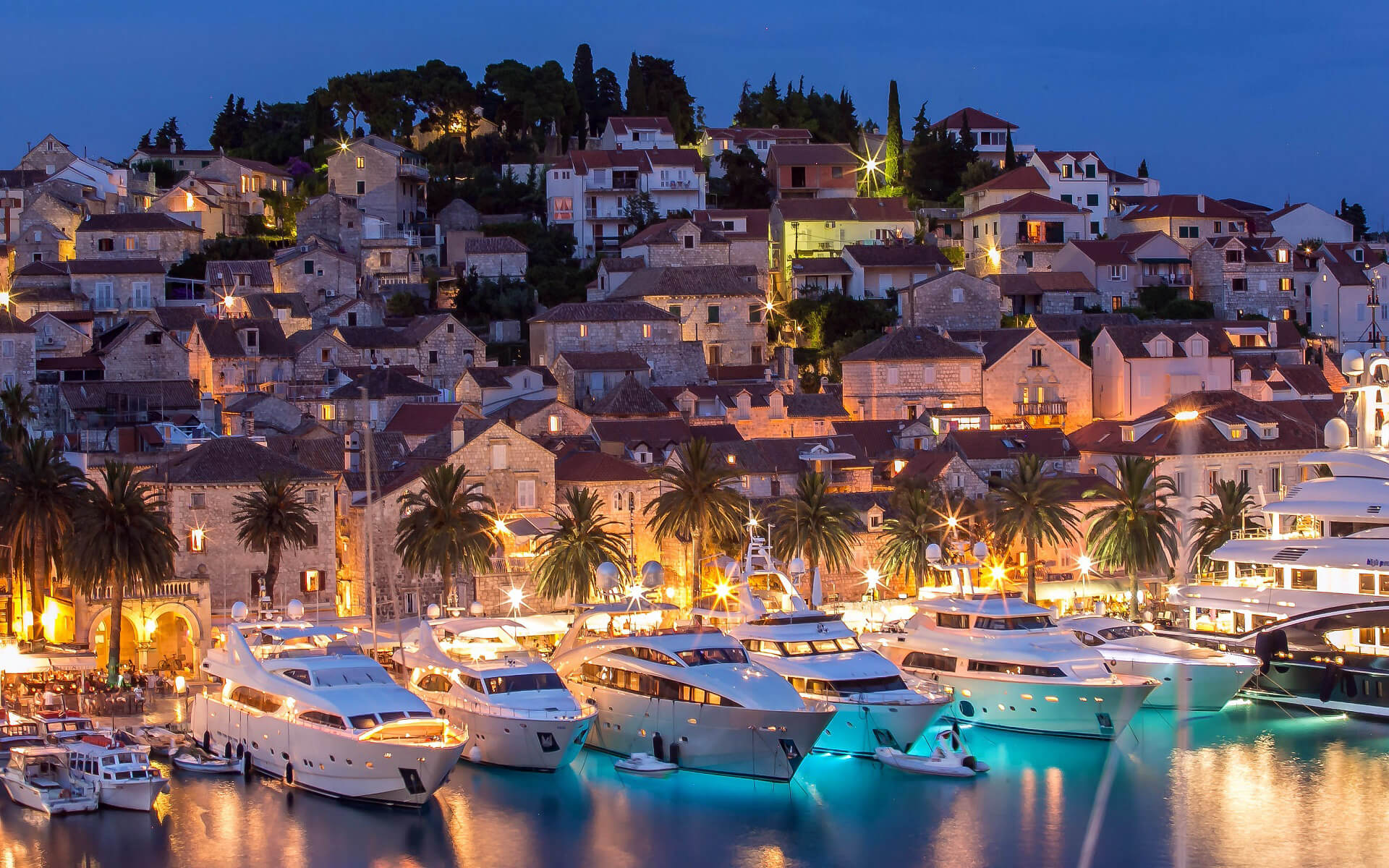[lwptoc]
Hvar is a Croatian Adriatic Sea island situated off the Dalmatian coast, between the islands of Bra, Vis, and Korula. The island of Hvar, which is about 68 kilometers (42.25 miles) long and has a steep east-west ridge of Mesozoic limestone and dolomite, is remarkable in the vicinity for having a wide fertile coastal plain and fresh water springs. With the agricultural sections, its slopes are covered in pine woods, with vineyards, olive groves, fruit orchards, and lavender fields. The climate is defined by moderate winters and sunny summers with plenty of sunlight. The island has 11,103 inhabitants, making it the fourth most populous of Croatia’s islands.
Hvar’s central position on the Adriatic sailing lanes has long made it a vital base for dominating commerce up and down the Adriatic, over to Italy, and across the Mediterranean. It has been inhabited from prehistoric times, first by a Neolithic tribe whose peculiar pottery gave birth to the name Hvar culture, then by the Illyrians. In 384 BC, the ancient Greeks established the colony of Pharos on the location of today’s Stari Grad, making it one of Europe’s oldest settlements. They were also in charge of establishing the agricultural field divisions of the Stari Grad Plain, which is now a UNESCO World Heritage Site. Hvar (city) came to prominence in the Venetian Empire as a key naval station throughout the Middle Ages. Prosperity brought culture and the arts, including one of Europe’s earliest public theaters, lords’ palaces, and several excellent community structures.
With the Hvar Rebellion, coastal incursions by pirates, and the Ottoman army from the mainland, the 16th century was a turbulent period, resulting in some remarkable fortified houses on the northern shore to defend the local inhabitants. After a short period under Napoleonic administration, the island was absorbed by the Austrian Empire, ushering in a more tranquil and wealthy period. Harbours were widened, quays were erected, and fishing and boat construction companies flourished along the coast. At the same period, the island’s wine exports surged, as did production of lavender and rosemary for the French perfume business. Unfortunately, this affluence did not last into the twentieth century, as wooden sailing vessels became obsolete and the phylloxera scourge decimated wine production. Many islanders have fled to start new lives abroad.
One sector, on the other hand, has grown and is now a considerable contribution to the island’s economy. The founding of The Hygienic Association of Hvar in 1868 for the benefit of island tourists has been essential in the development of an infrastructure of hotels, residences, restaurants, marinas, museums, galleries, and cafés. Today, the island of Hvar is a famous tourist destination.


